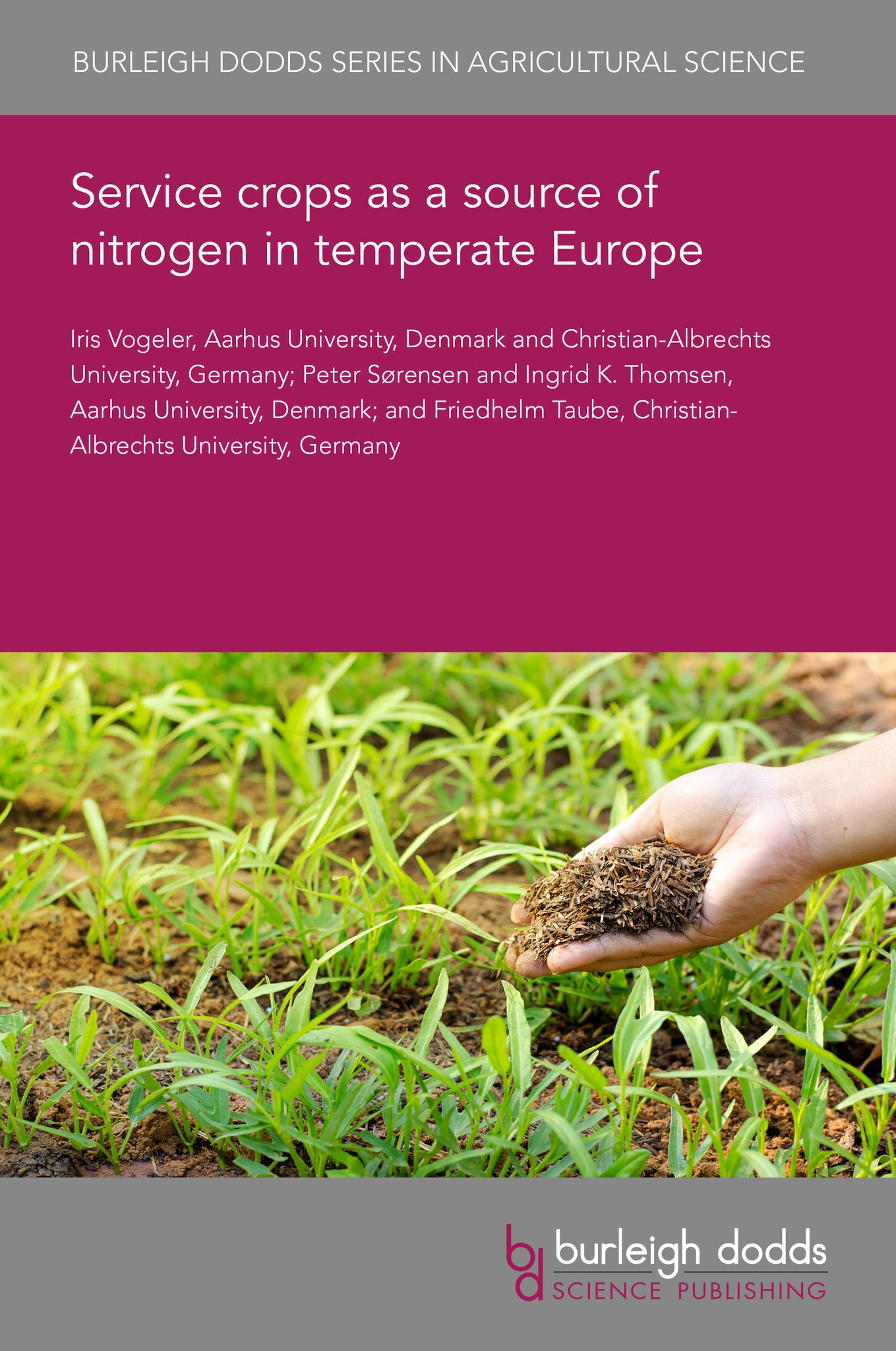We're sorry. An error has occurred
Please cancel or retry.
Service crops as a source of nitrogen in temperate Europe

Some error occured while loading the Quick View. Please close the Quick View and try reloading the page.
Couldn't load pickup availability
- Format:
-
14 March 2024

Service crops (SCs) are widely used in low input systems as a source for nitrogen (N), and in intensive cropping systems for reducing N leaching by taking up residual soil N after the harvest of the main crop. This chapter discusses benefits of SCs, which are defined here as crops grown for providing ecosystem services and not grown for harvest, and include cover and catch crops. The chapter includes a discussion on SCs grown in the period between two main crops, or intercropped with the main crop and also focuses on the benefits regarding reduction in N leaching losses and transfer of N from the SCs to the main crop, including the fertiliser replacement value of SCs.

TECHNOLOGY & ENGINEERING / Agriculture / Sustainable Agriculture, Agronomy and crop production, TECHNOLOGY & ENGINEERING / Agriculture / Agronomy / Crop Science, SCIENCE / Environmental Science, Sustainability, Sustainable agriculture, Agricultural science

- 1 Introduction
- 2 Service crops in rotation with cash crops
- 3 Service crops intercropped with cash crops
- 4 Effects of service crops on yields
- 5 Residual effects of service crops
- 6 Nitrate leaching
- 7 Conclusion
- 8 Where to look for further information
- 9 References



